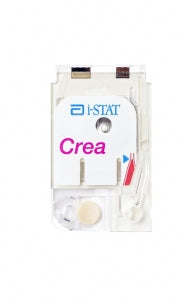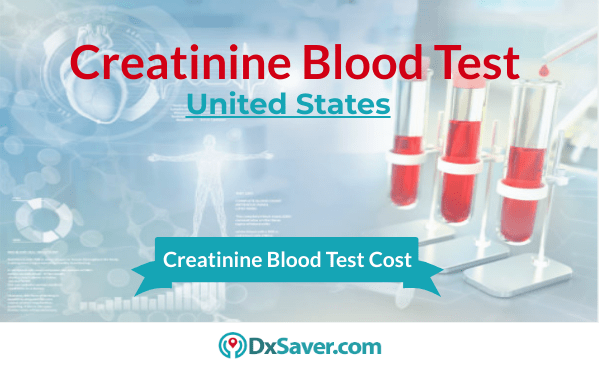
For i-STAT test cartridge information and intended use, refer to individual product pages or the cartridge information (CTI/IFU) in the i-STAT Support area.Ībbott - A Leader in Rapid Point-of-Care Diagnostics. Check with your local representative for availability in specific markets. Not all products are available in all regions. GDPR Statement | Declaration for California Compliance Law. Any person depicted in such photographs is a model. Photos displayed are for illustrative purposes only. Your use of this website and the information contained herein is subject to our Website Terms and Conditions and Privacy Policy.
#Creatinine istat venous registration
The products and information contained herewith may not be accessible in all countries, and Abbott takes no responsibility for such information which may not comply with local country legal process, regulation, registration and usage. This website is governed by applicable U.S. The creatinine results comparison (Figure 2) between patient self-testing of capillary blood samples using i-STATs at home (Mean 100.10 mol/l, SD ☑7. Press syringe plunger until you see 3 drops of blood. Hold syringe over gauze without touching it. Place enough gauze pads on the counter to absorb a few drops of blood. No use of any Abbott trademark, trade name, or trade dress in this site may be made without the prior written authorization of Abbott, except to identify the product or services of the company. Slowly pull back on the syringe plunger to draw blood into the syringe until it is about half full. Unless otherwise specified, all product and service names appearing in this Internet site are trademarks owned by or licensed to Abbott, its subsidiaries or affiliates.

They are distributed on a number of occasions over that period which allows for the assessment of the organisation’s and method’s performance, including linearity, bias, within and between batch imprecision.©2023 Abbott. The samples consist of endogenous lysed whole blood samples along with a panel of linearly related samples produced from lysed whole blood spiked with Creatinine.

Three liquid Lysed whole blood samples are distributed bimonthly, with a minimum of 18 samples distributed over the year covering a wide clinically relevant range. The programme is suitable for all POCT applications. However, the analytical measuring range will also be assessed where appropriate. The programme aim is to cover the clinically relevant ranges, encompassing the cut off for eGFR of 30ml/min/1.73m 2. clear governance structures for point-of-care testing are in place.ġ.2 Take age, sex and ethnicity into account when assessing risk of acute kidney injury using a questionnaire-based tool.A rising creatinine is always of concern. the person has risk factors for acute kidney injury Diagnosis needed: Serum creatinine is affected by protein intake, gender, age, race, muscular build, and renal function.a person presents for a CT scan without a recent eGFR result.They should only be used when current practice is that a recent eGFR result must be available before a person has a CT scan with intravenous contrast and if all the following apply: NICE – Point of Care creatinine devices to assess kidney function before CT imaging with intravenous contrastġ.1 Point-of-care creatinine devices ABL800 FLEX, i STAT Alinity and StatSensor, which calculate estimated glomerular filtration rate (eGFR), are recommended to assess kidney function to guide decisions on whether to use intravenous contrast during an outpatient CT scan in adults.


 0 kommentar(er)
0 kommentar(er)
